Before using your laser welding machine, you will need to verify several parameters. Here are some common precautions to take to ensure that your welding operations are a success.
Adjust energy
It is important to adjust the energy appropriately in order to adapt the power to the process.
This will prevent energy waste.
Ensure that you have the correct beam diameter
The diameter affects the welding performance.
We recommend that you choose a laser beam with a diameter between 0.2 and 2 mm.
Check the pulse frequencies
Pulse frequencies that are too high result in pulse energies that are too low making the welding less efficient or even inefficient.
Monitor the waveform of laser pulses
We recommend that you change the waveform according to the metal you intend to weld.
If you use an inadequate waveform, 60% to 98% of the laser energy will be lost and your welding operation will fail.



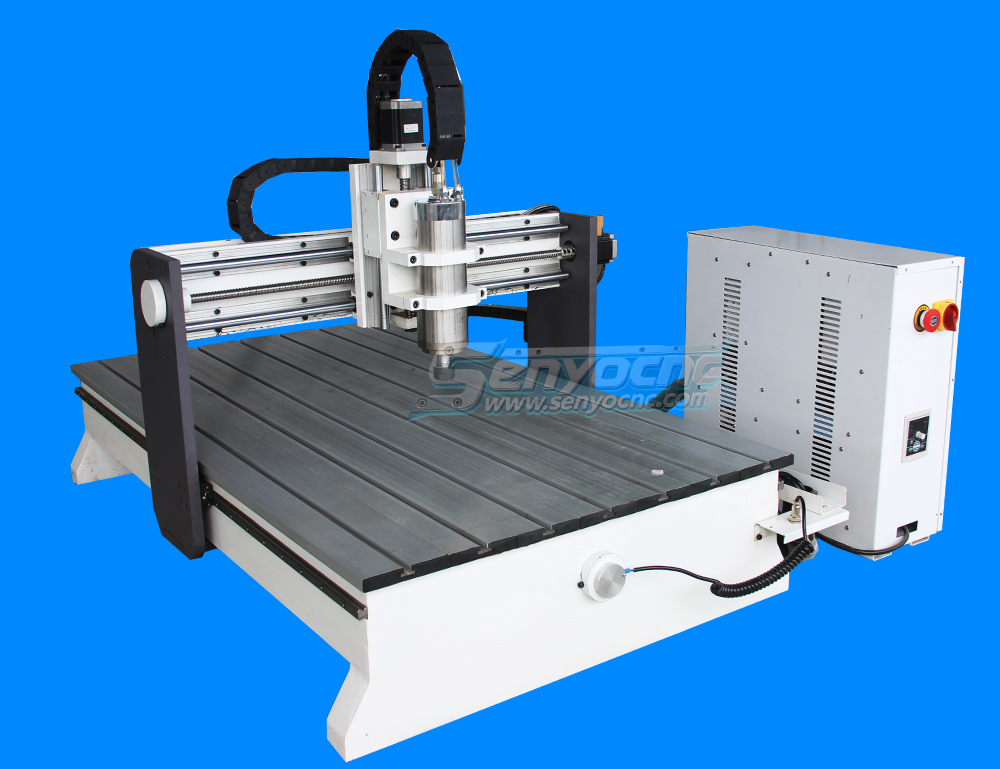
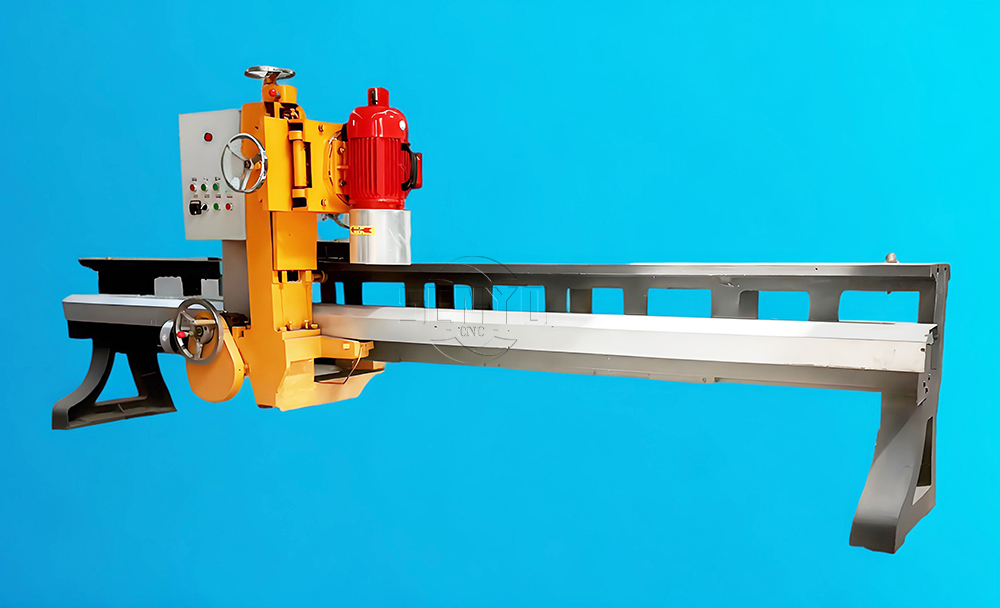
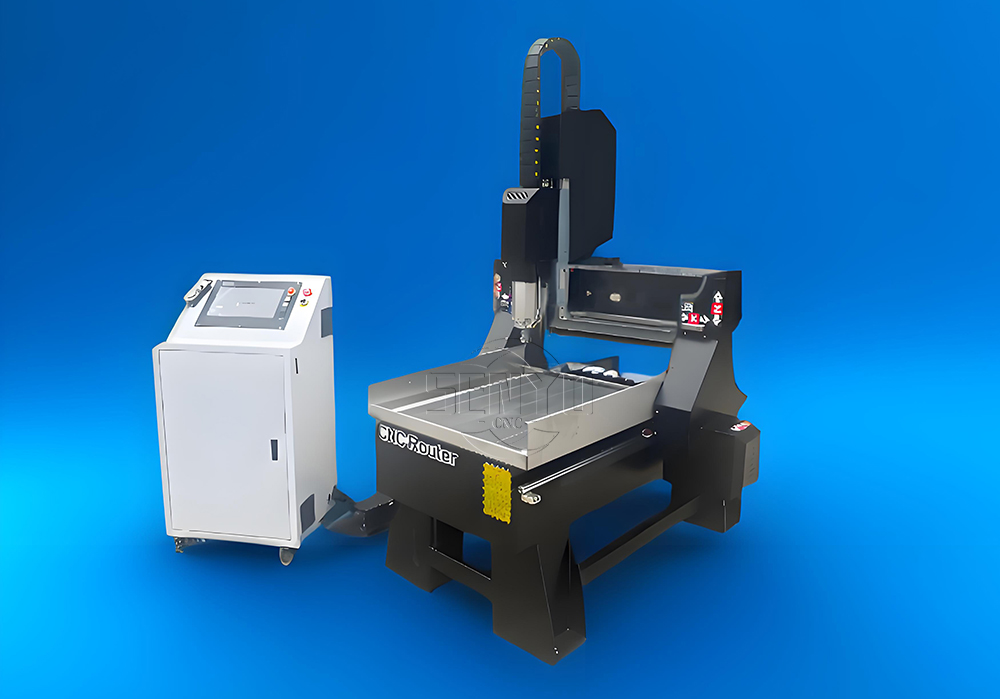
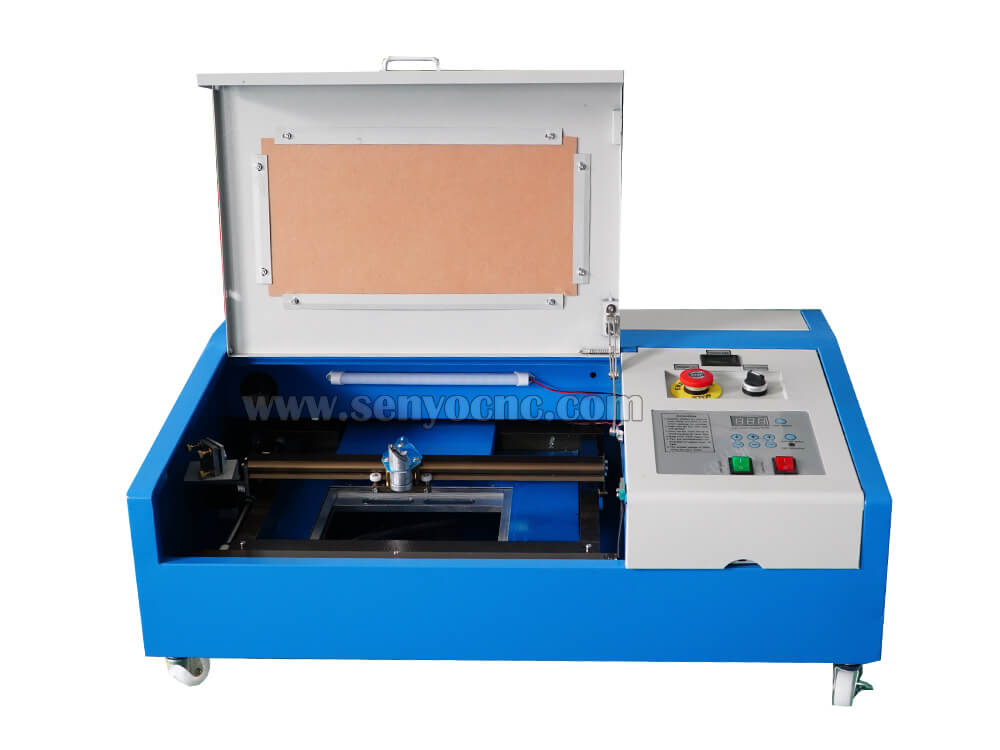
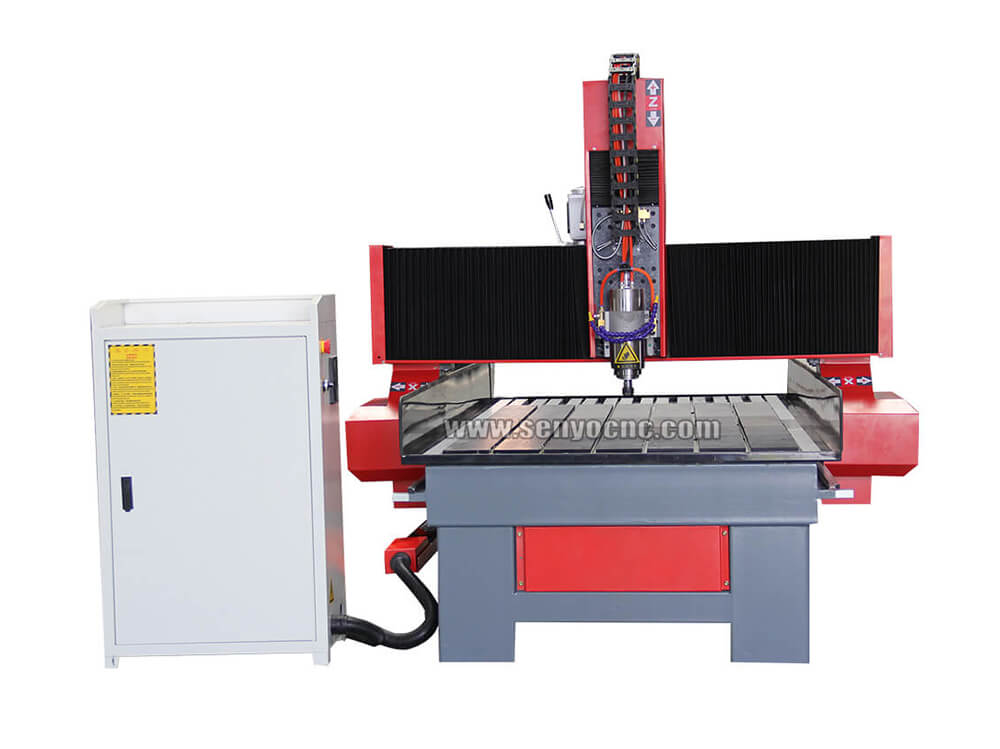
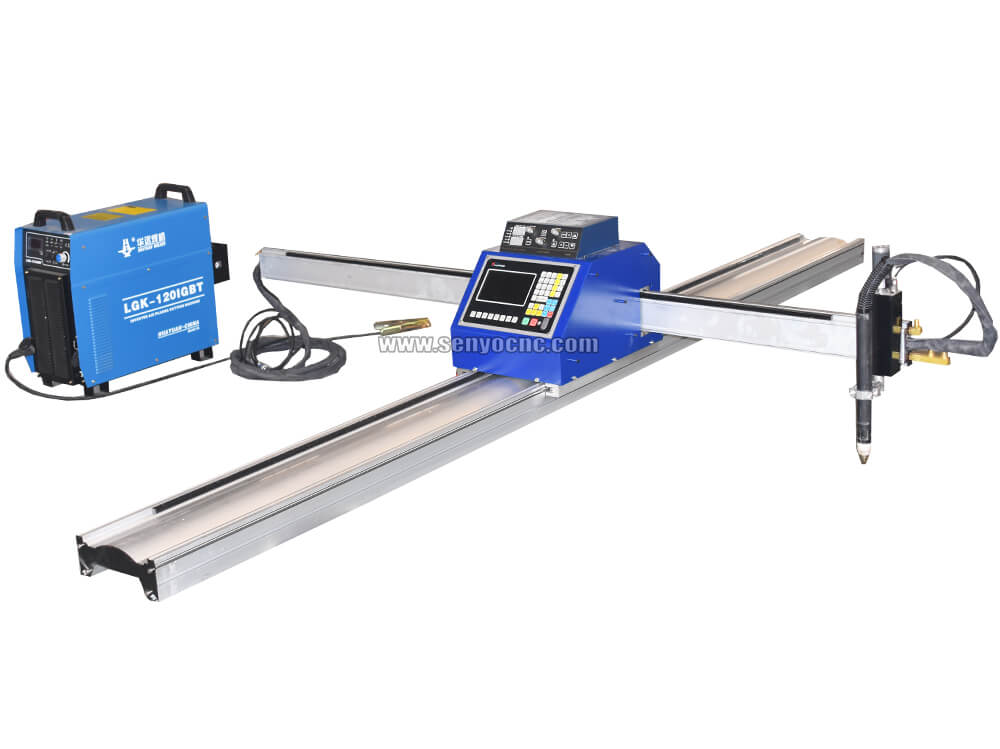
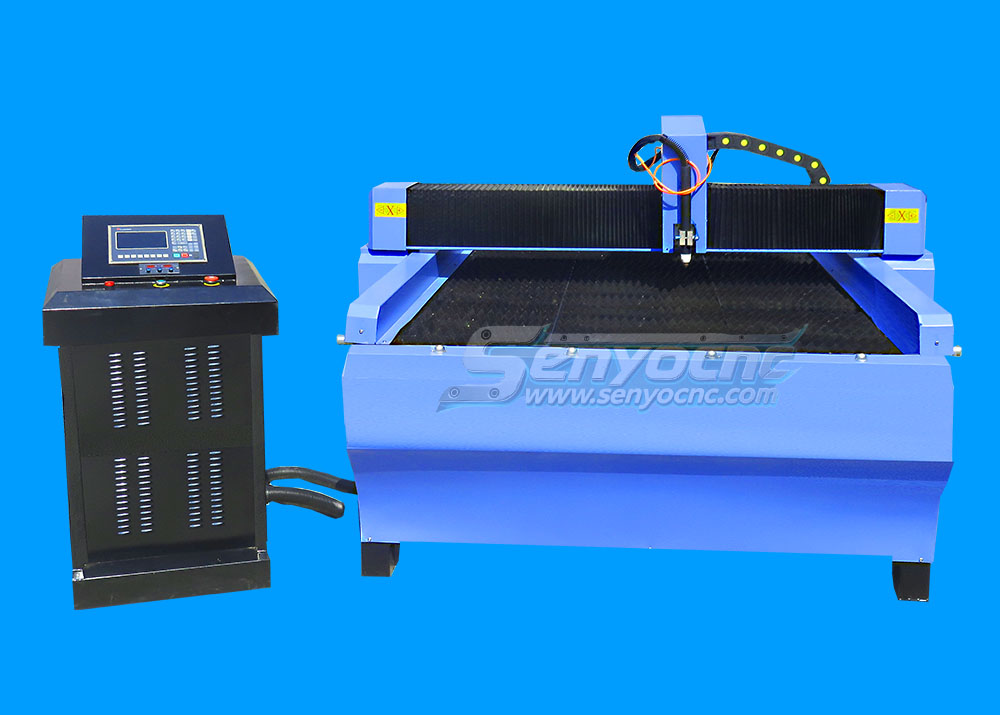
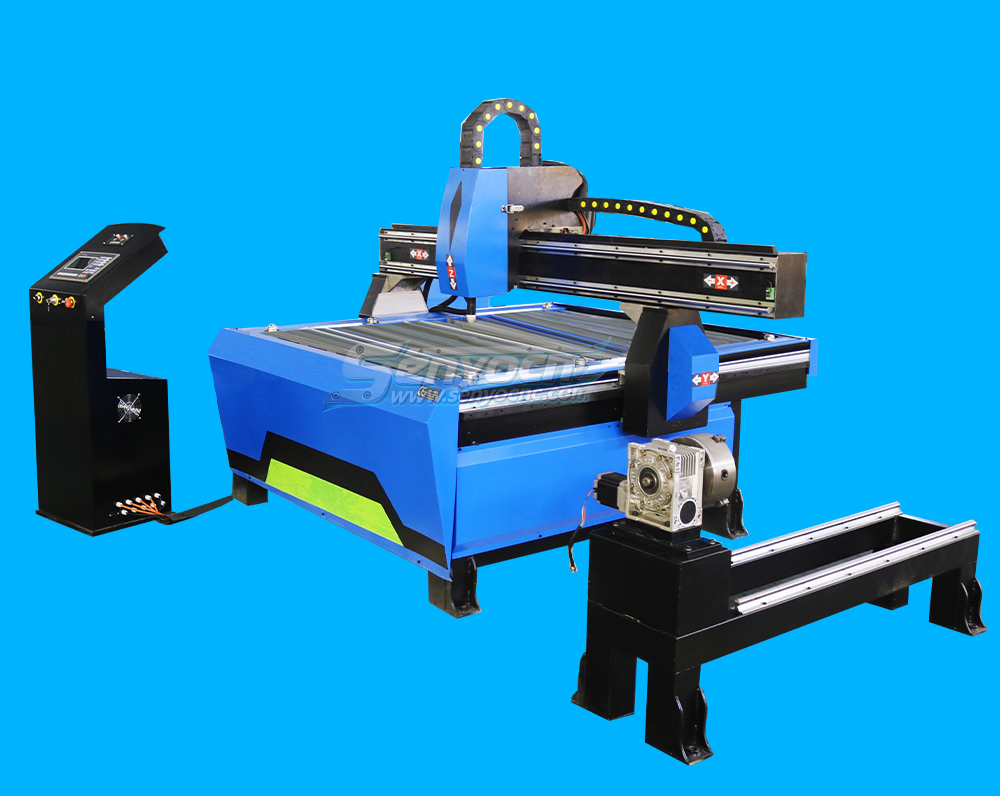
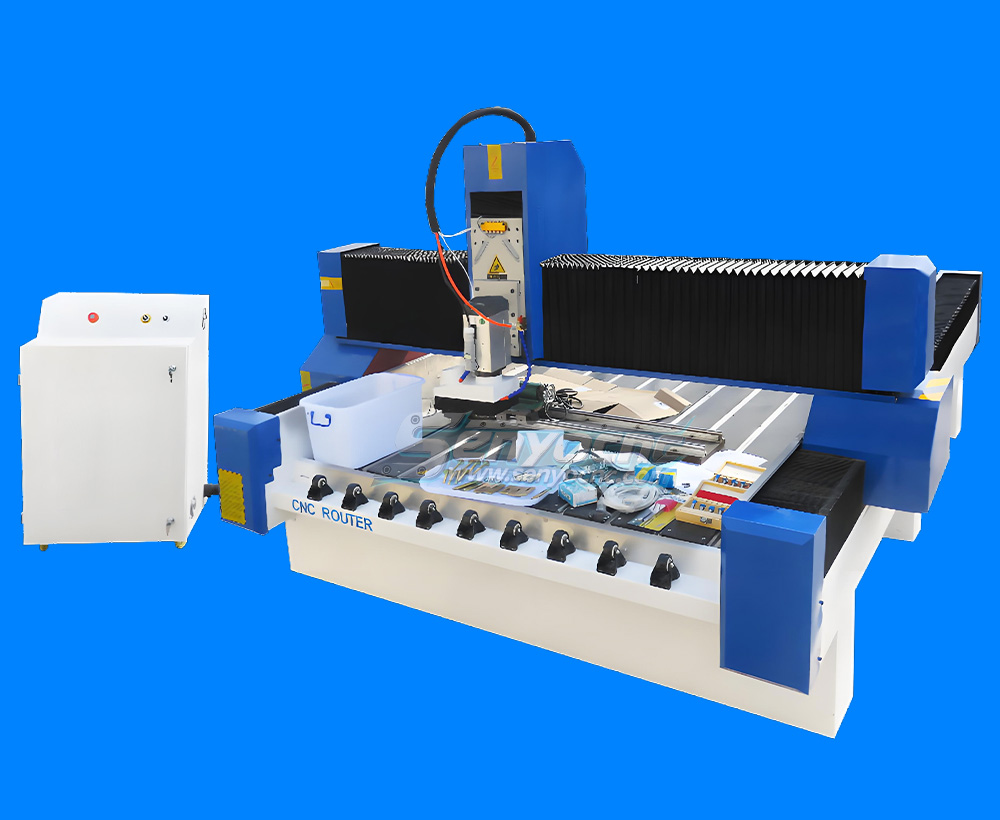
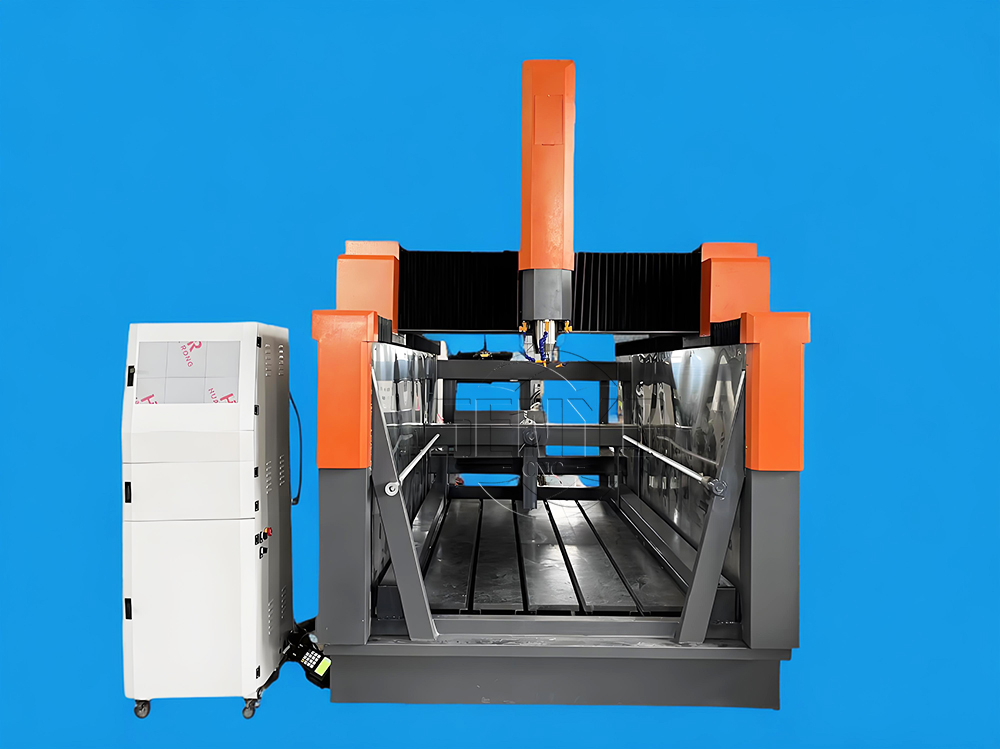
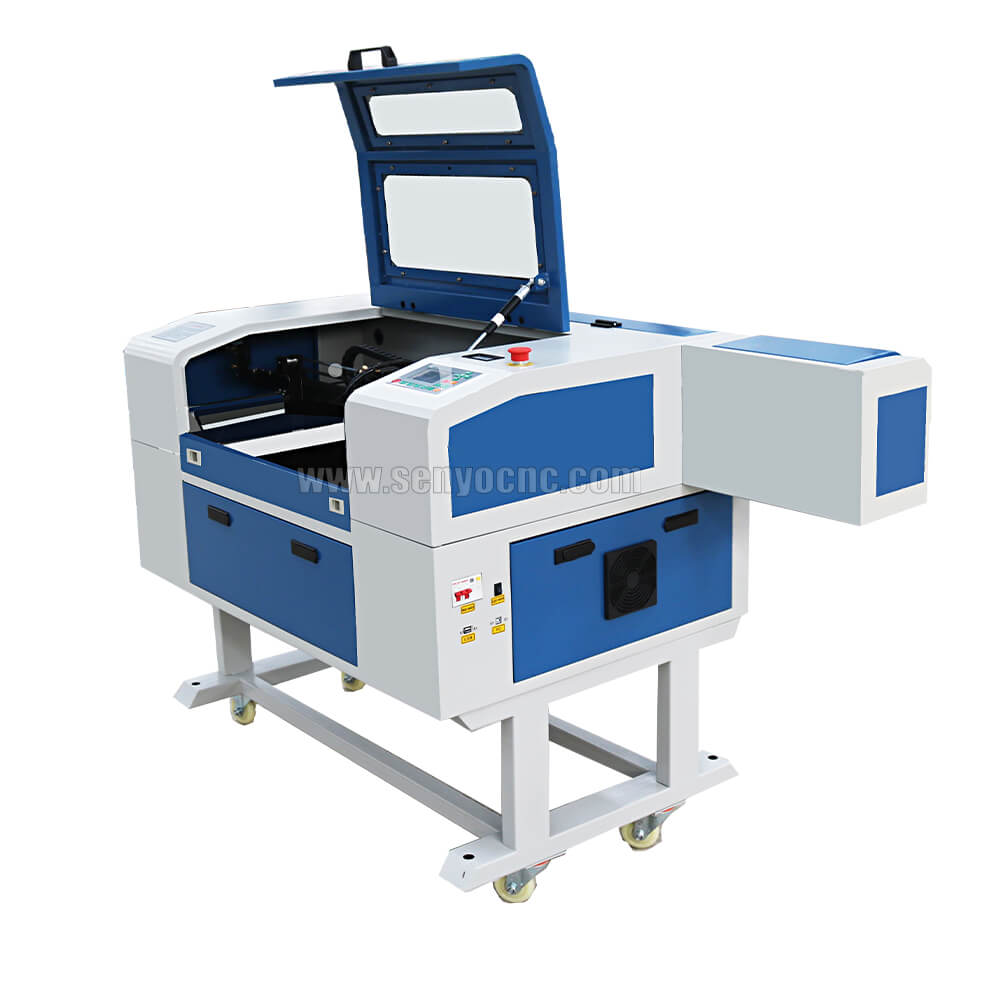
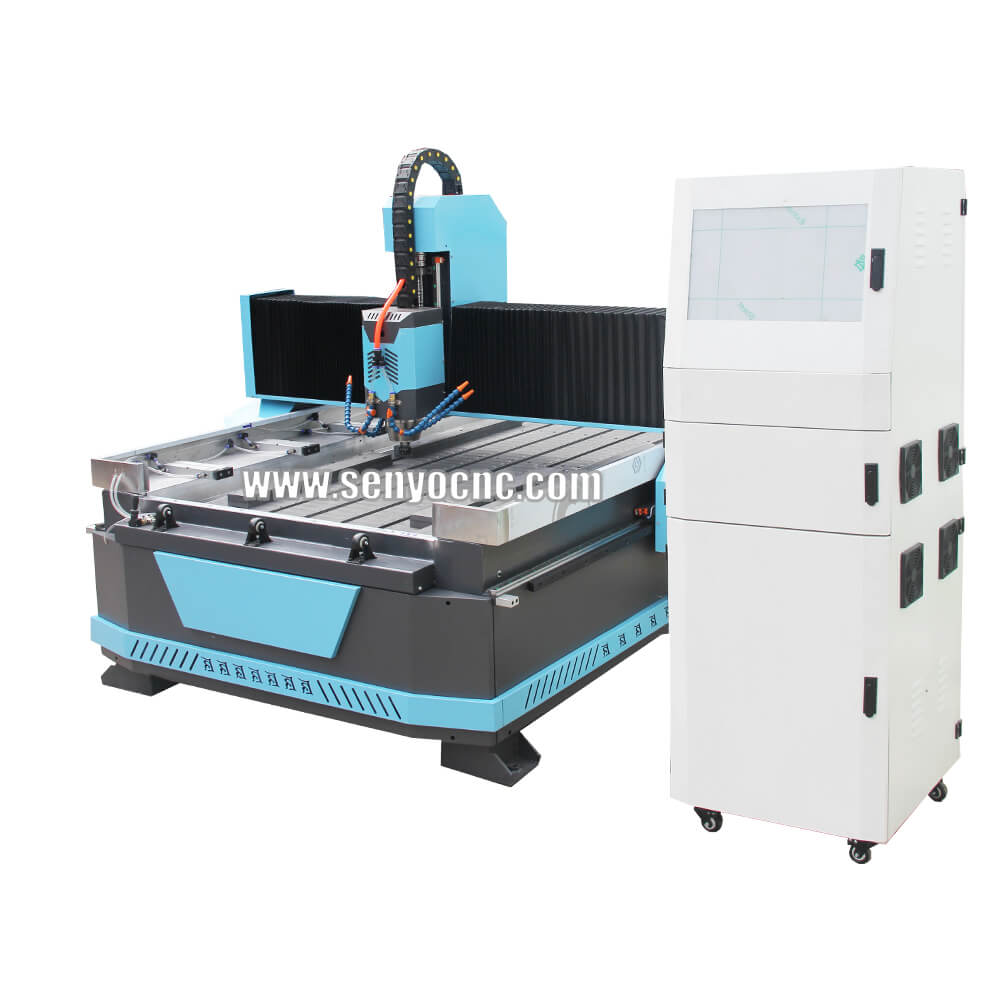
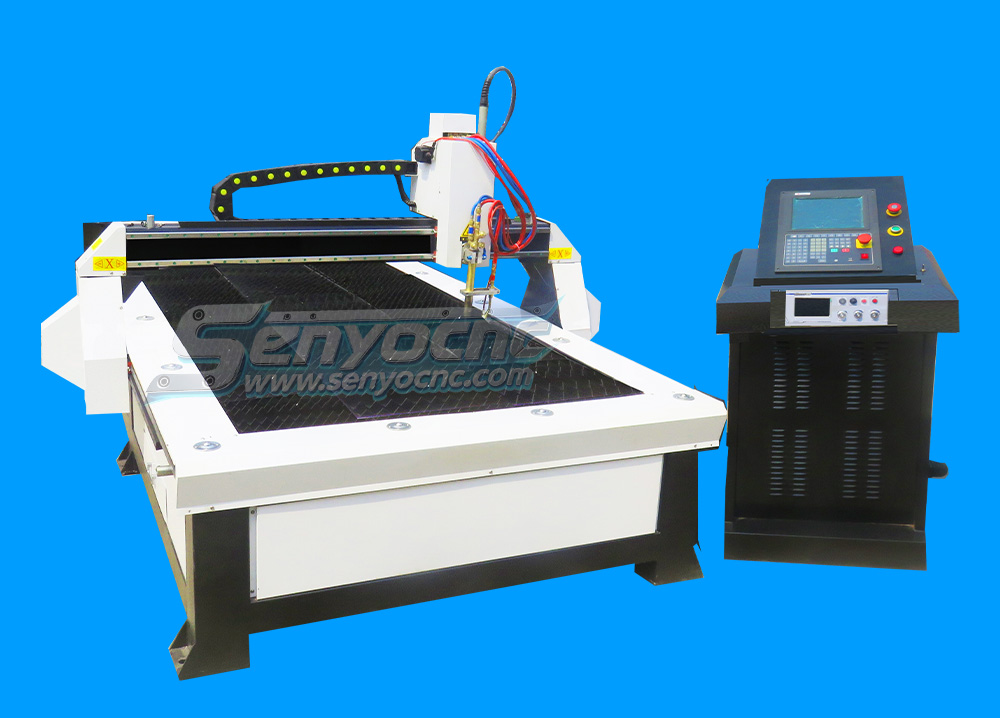
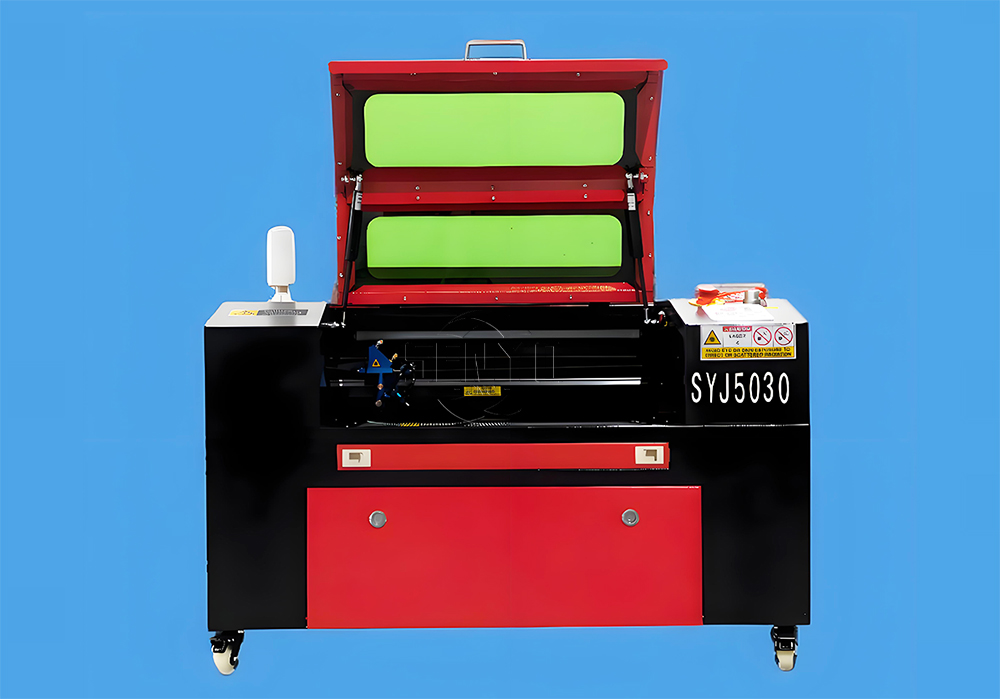
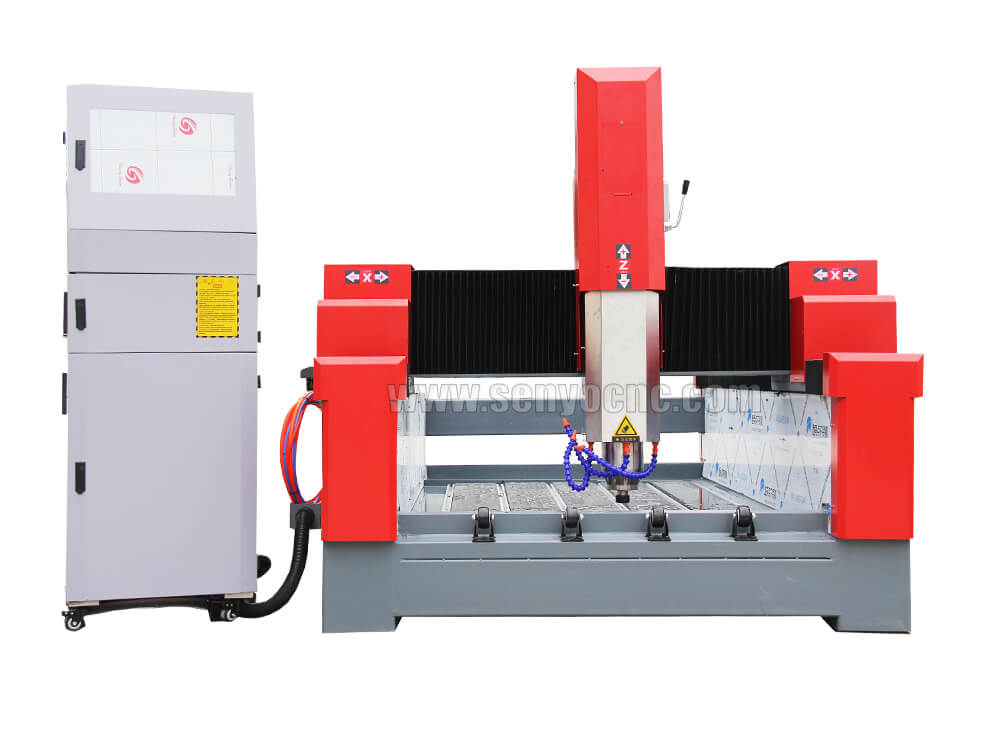
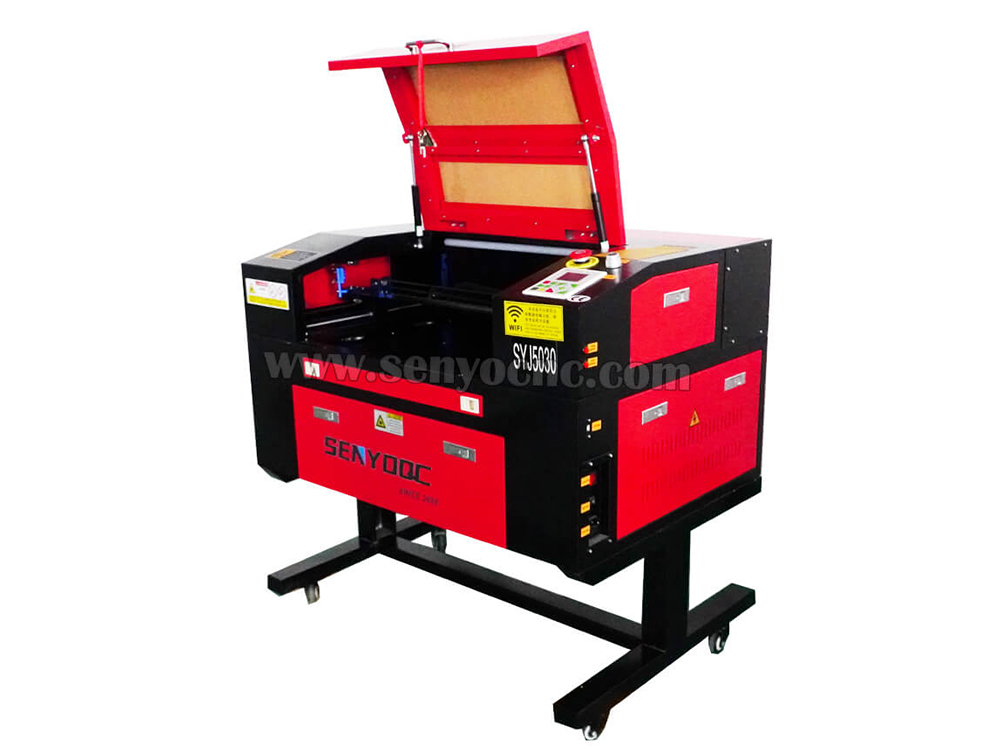
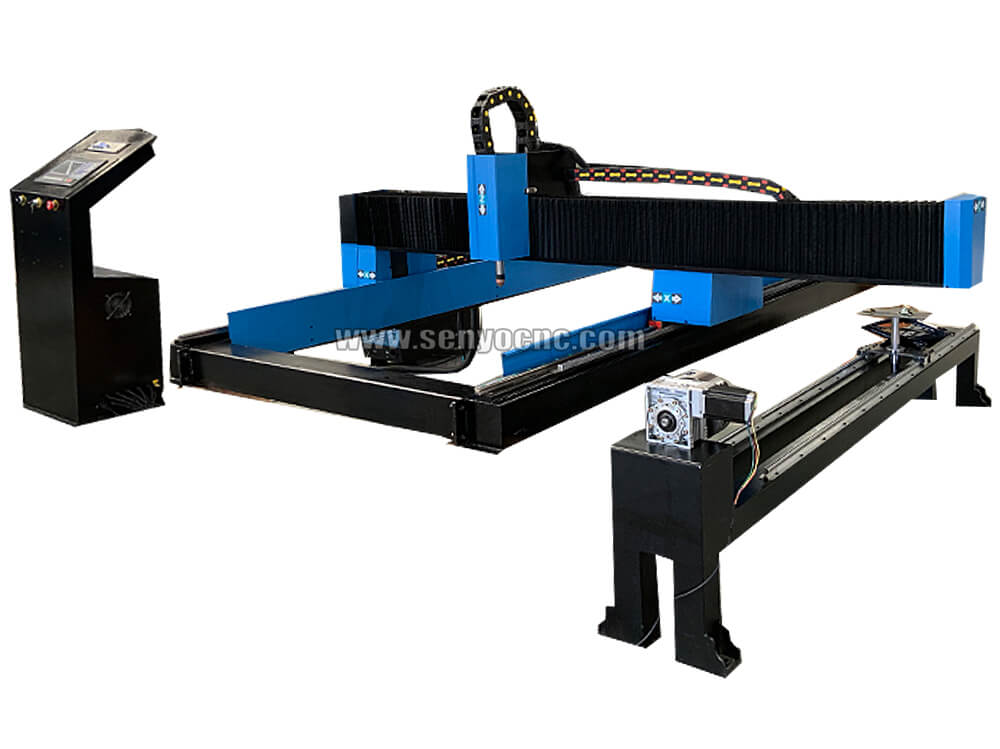
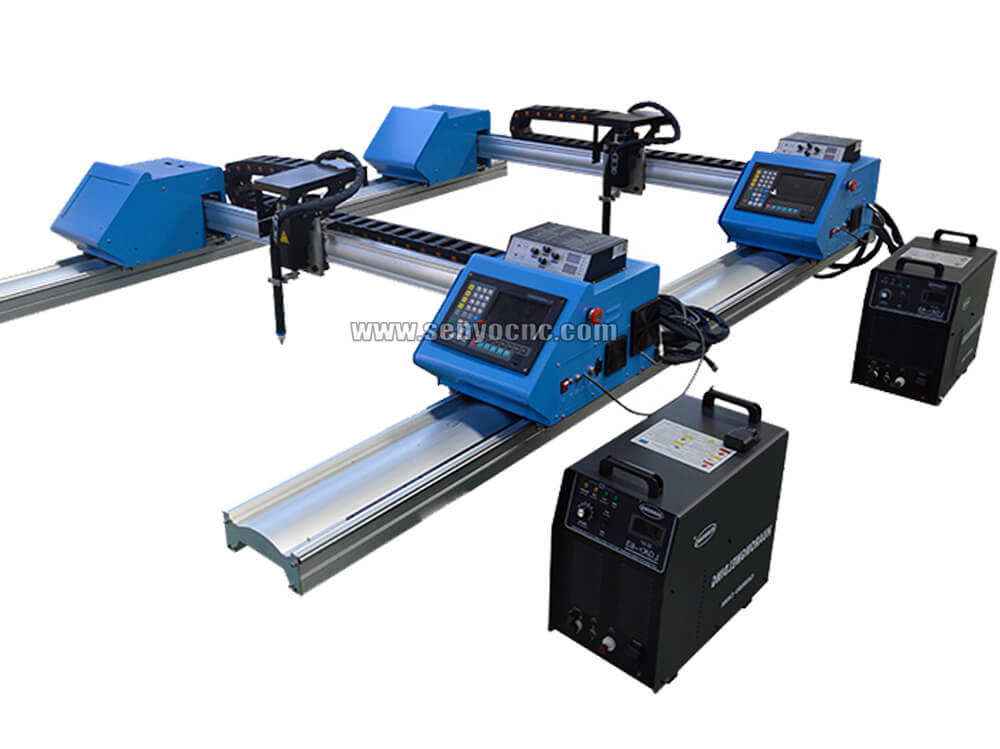
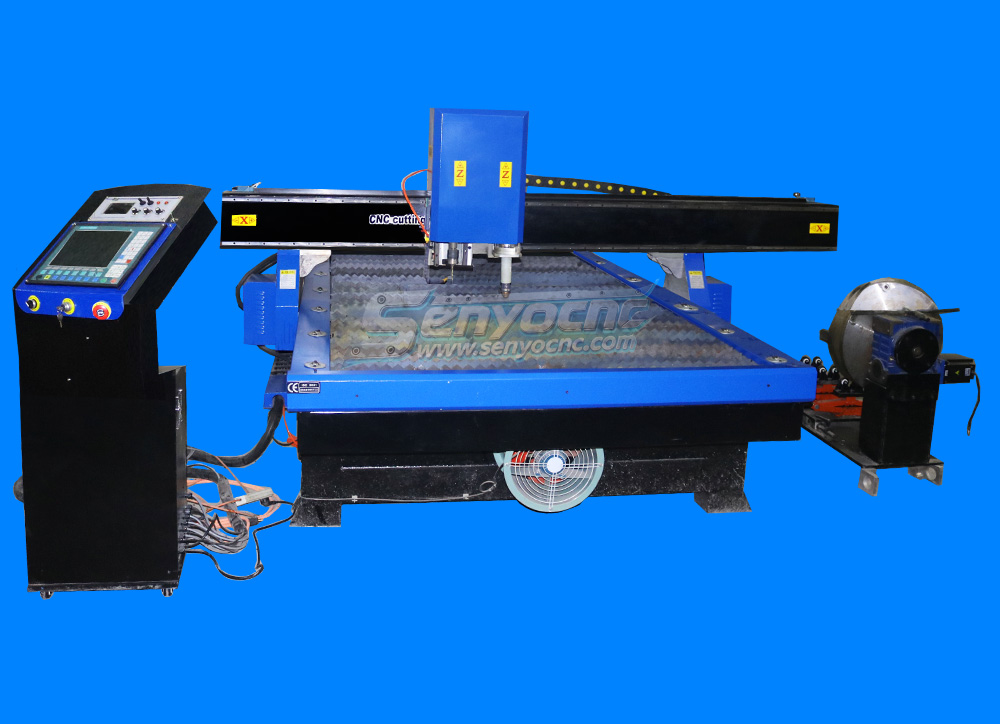
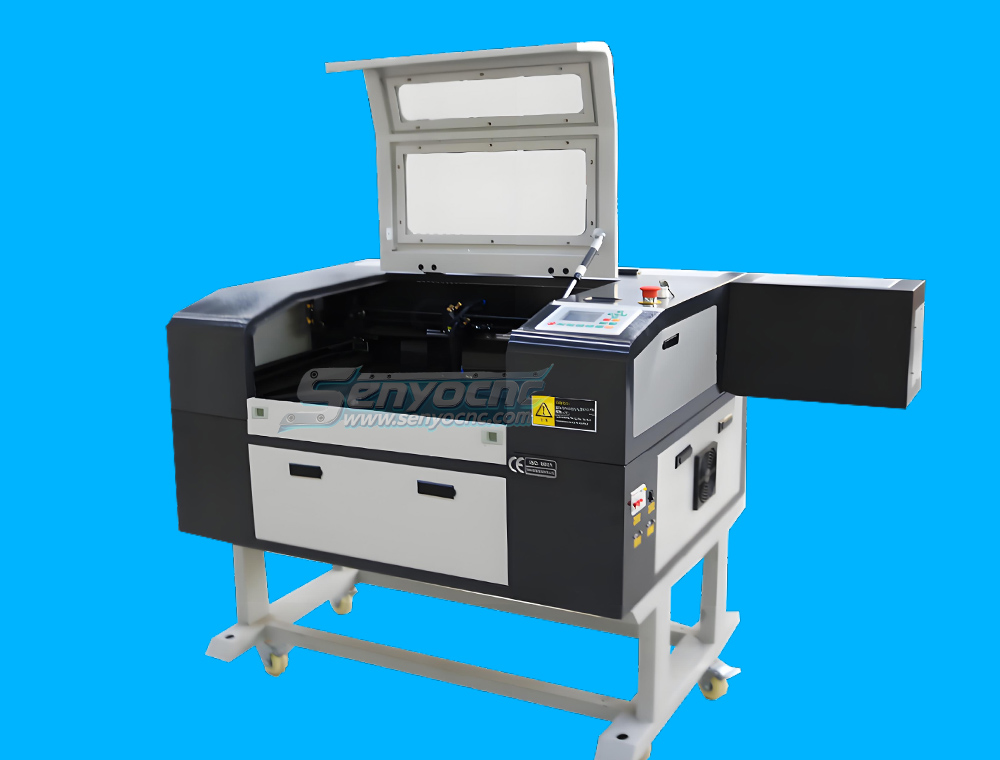
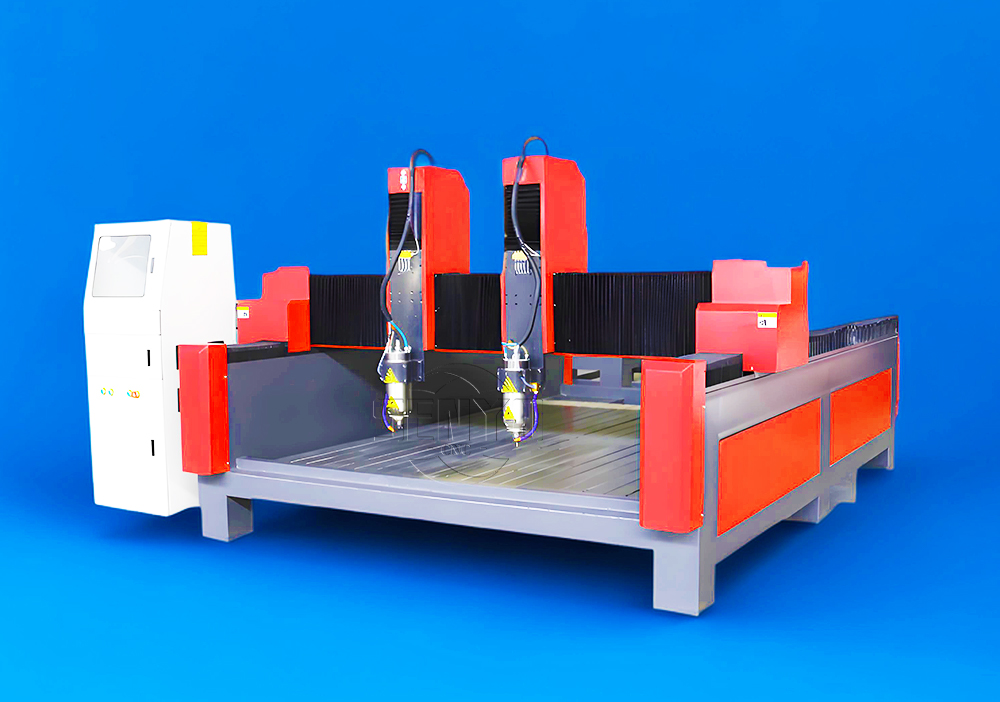
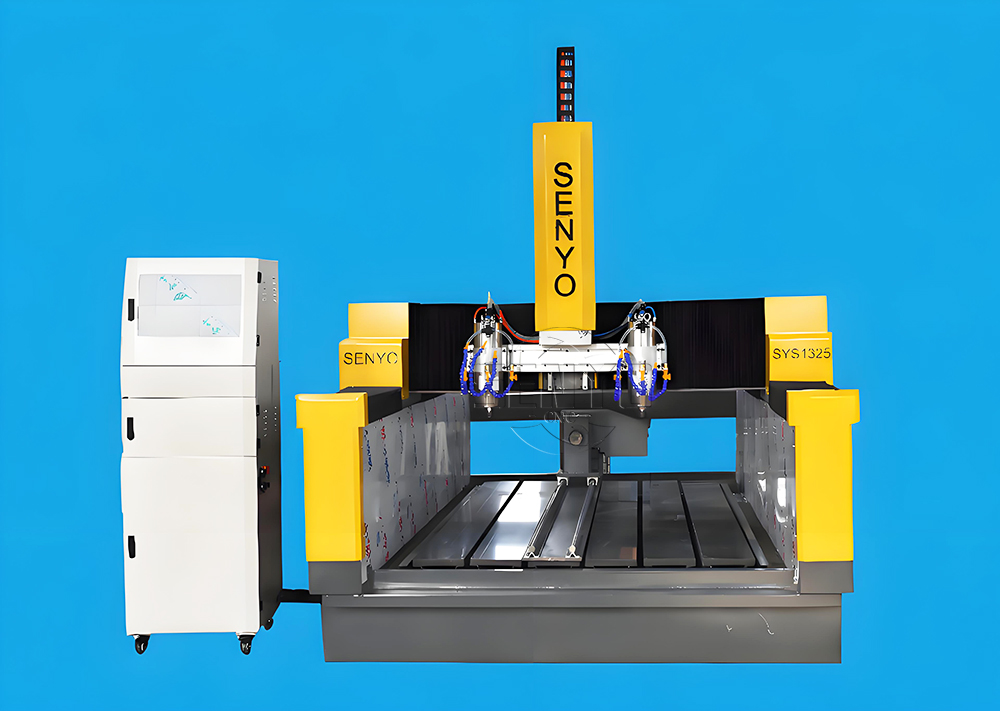
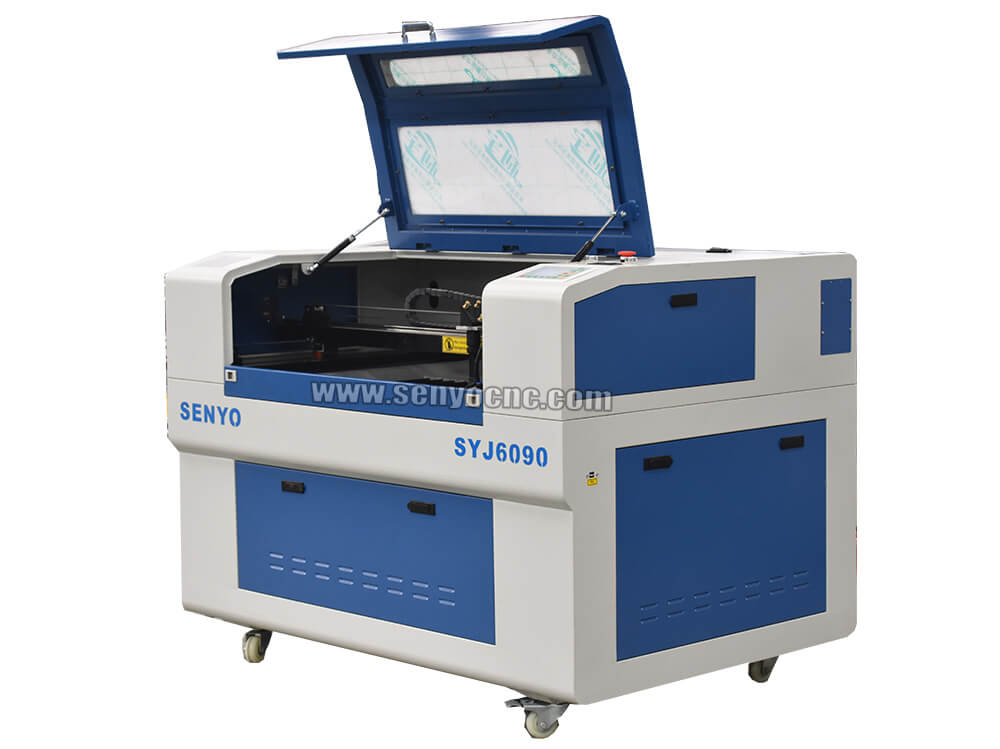
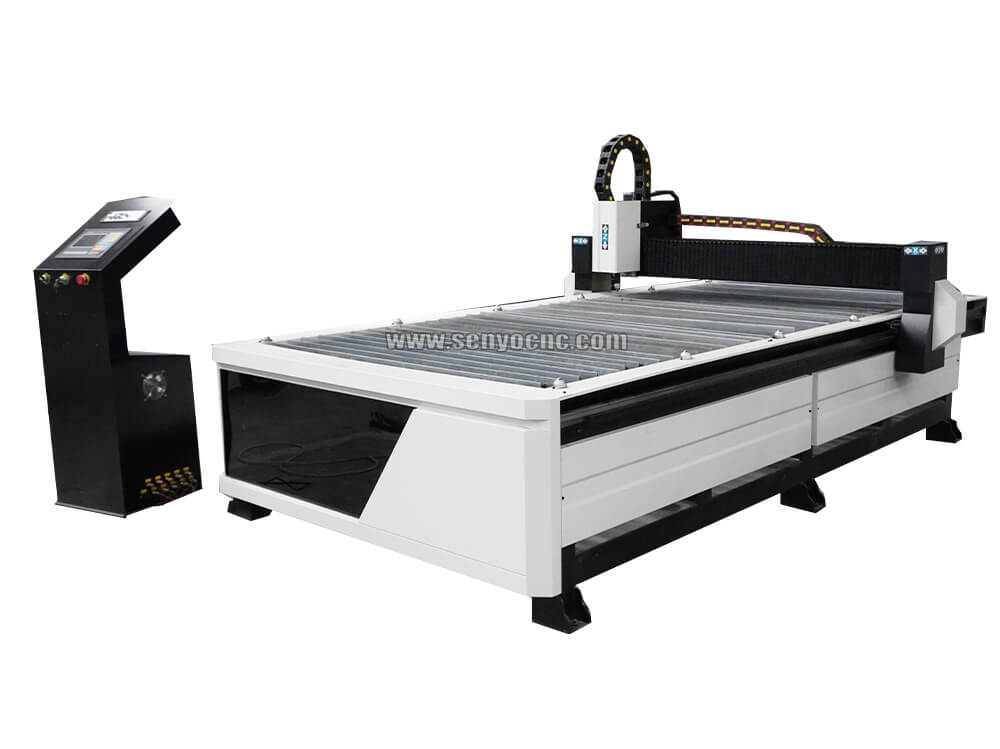
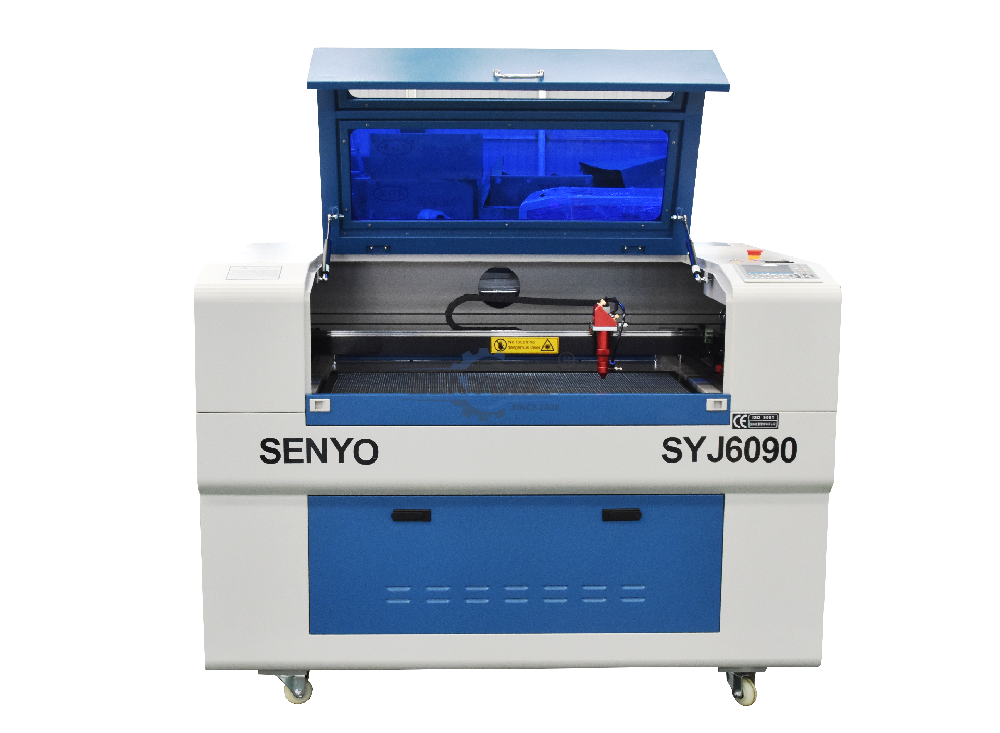
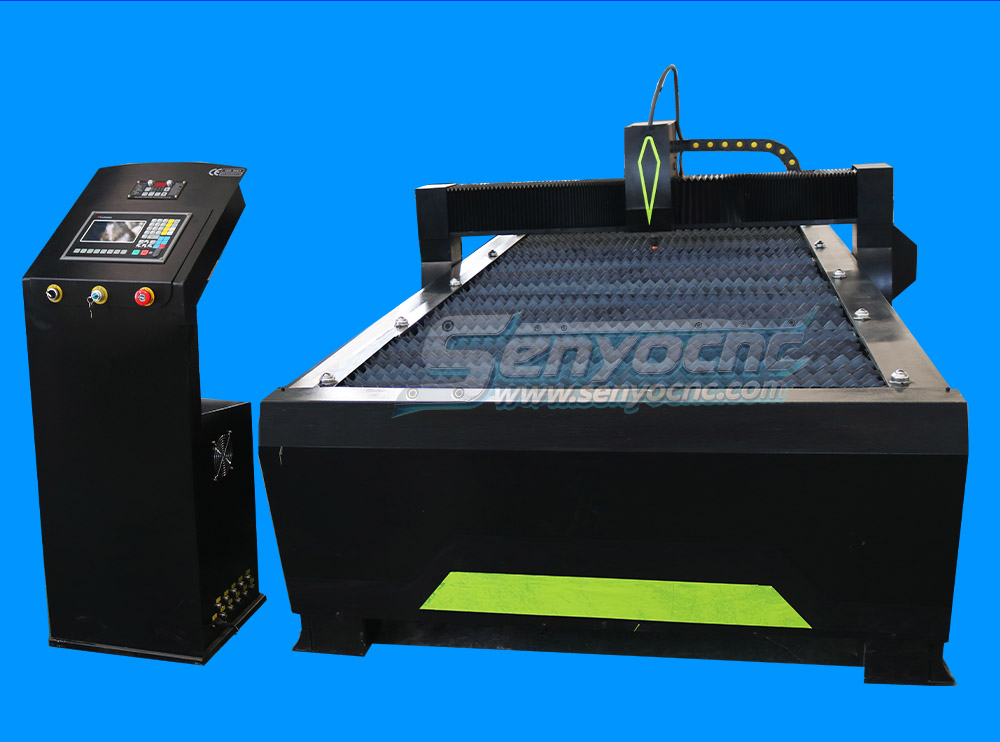
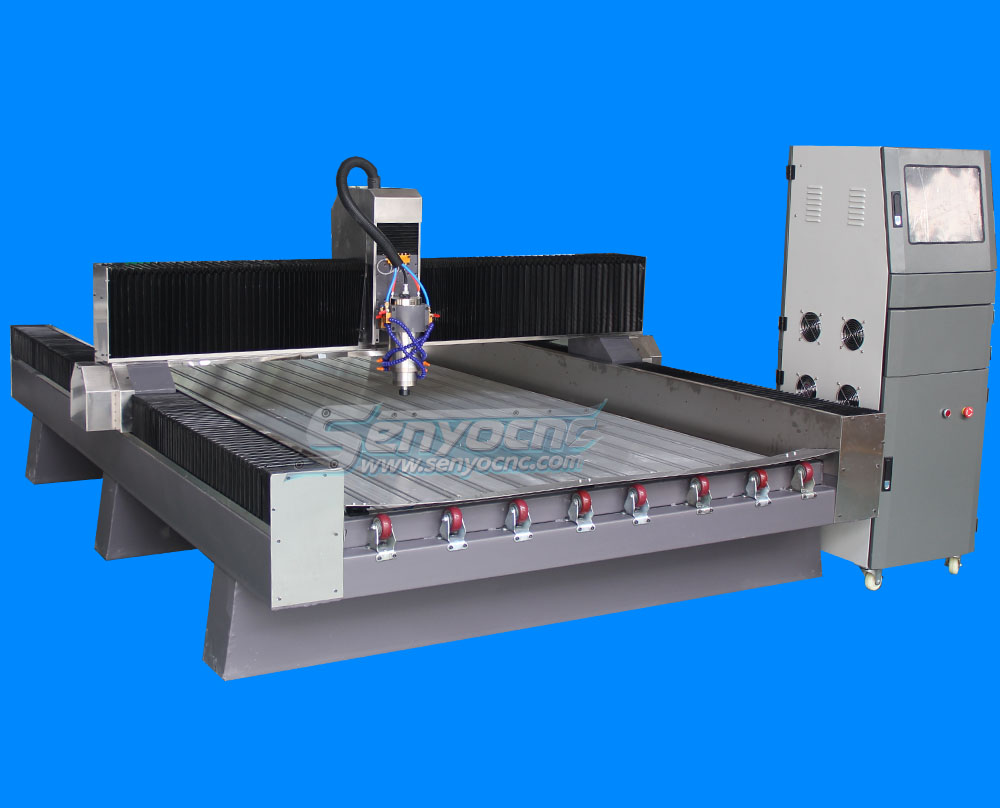
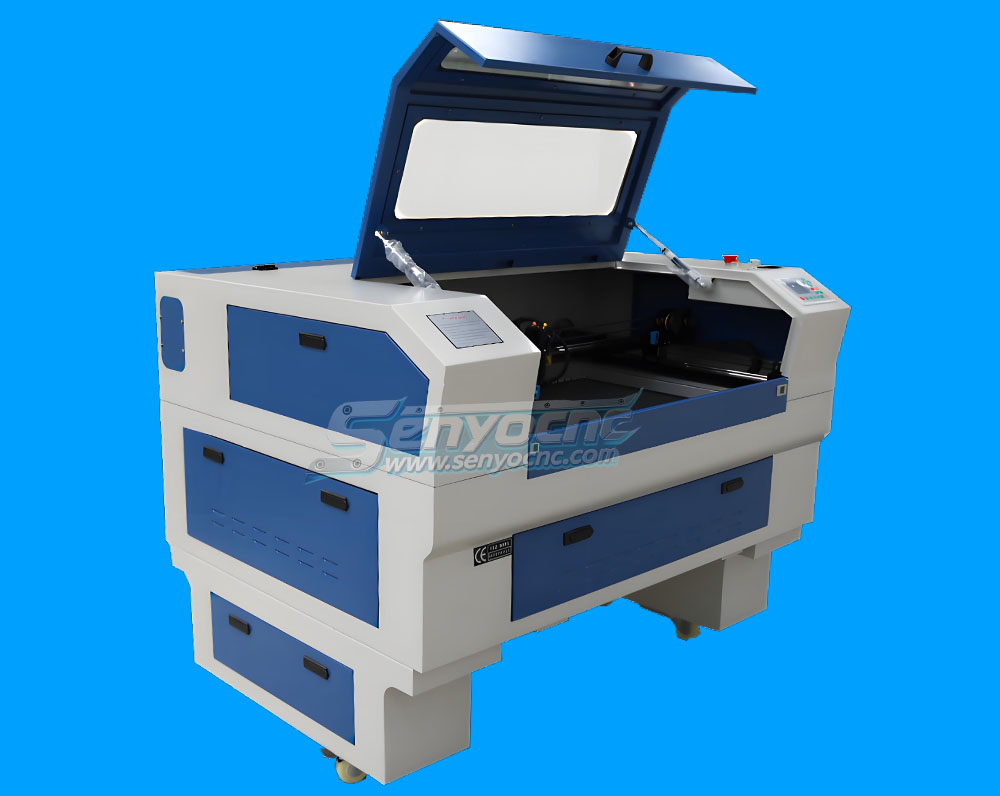
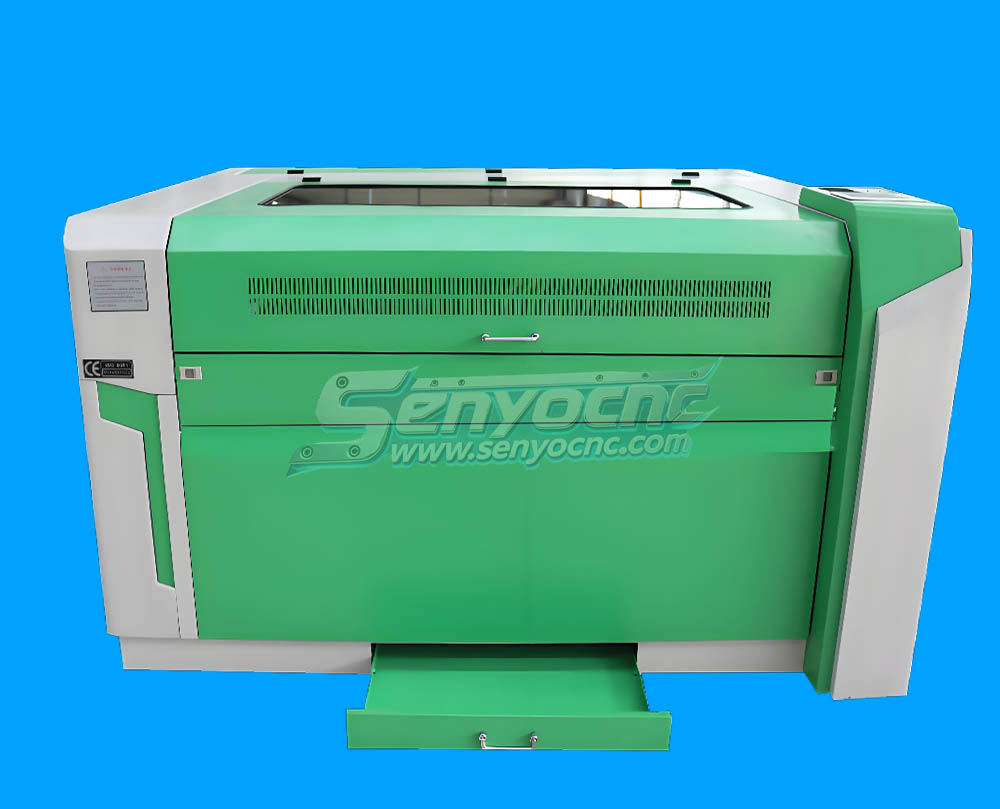
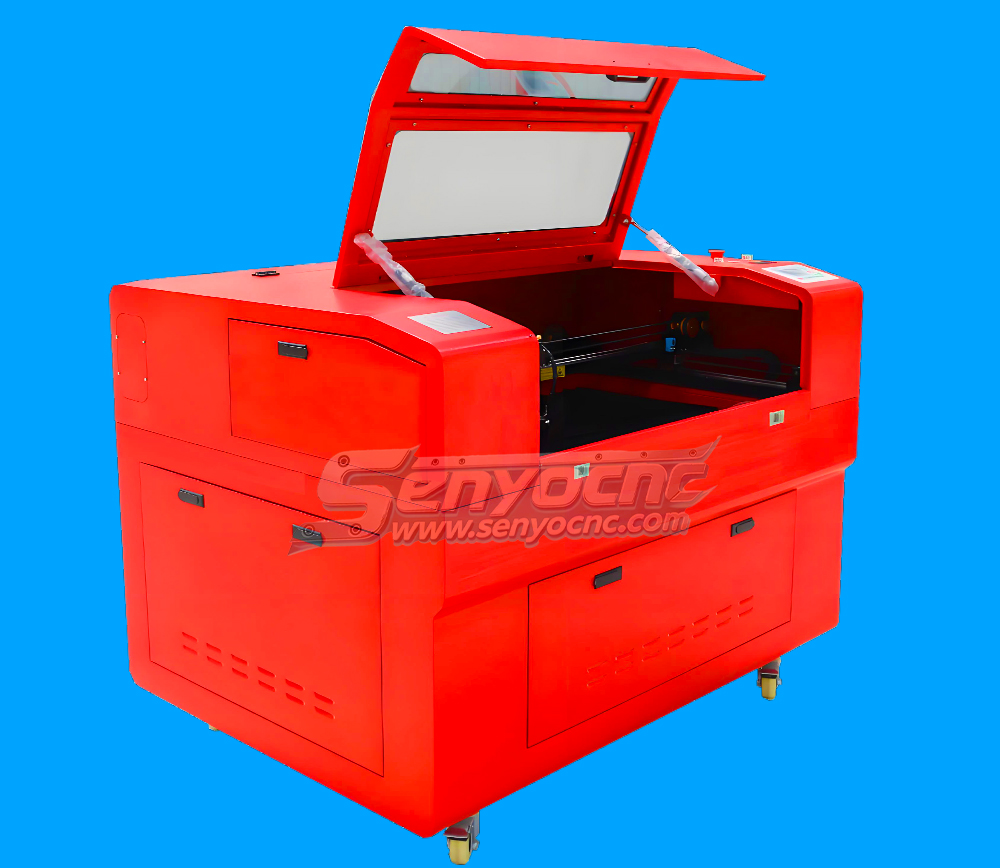



 manager@senyocnc.com
manager@senyocnc.com
 SENYOCNC
SENYOCNC
 +86 1525 3141 880
+86 1525 3141 880
 +86 1525 3141 880
+86 1525 3141 880
 2061579344
2061579344
